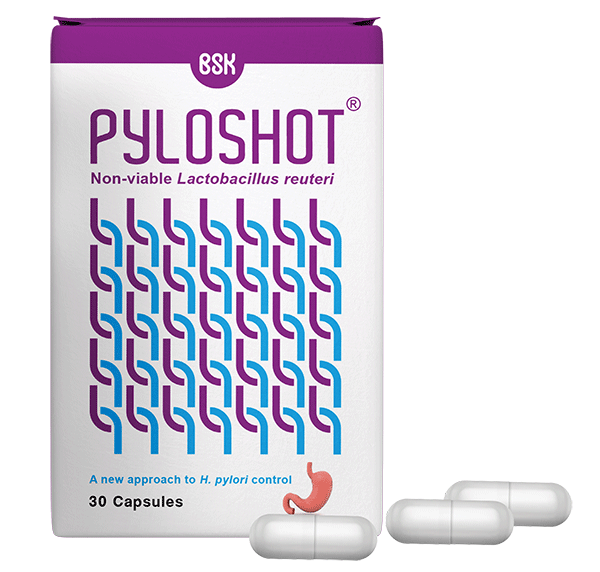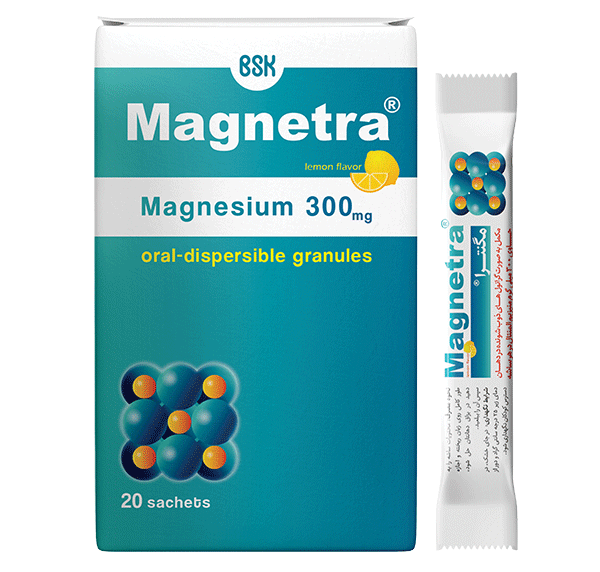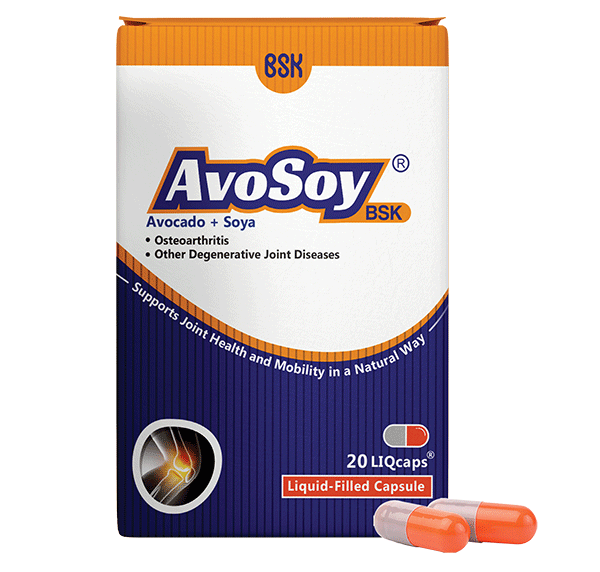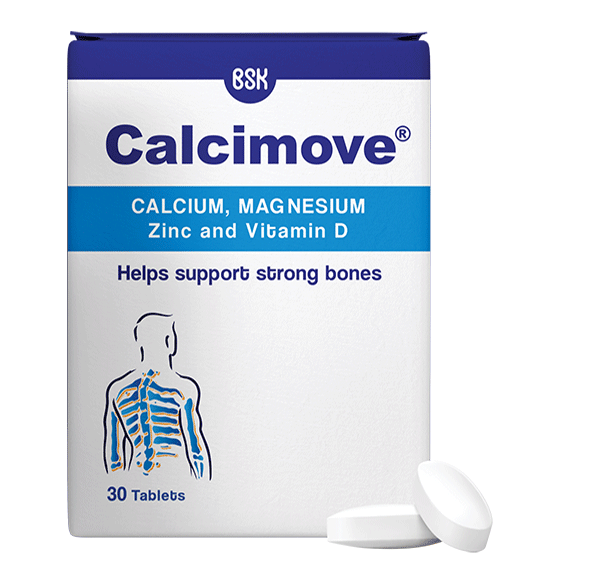Is the World’s Most Dangerous Bacteria Living in Your Body?
Is the World’s Most Dangerous Bacteria Living in Your Body?
All of these conditions can result from the overgrowth of Helicobacter pylori—a mysterious bacterium that resides in the stomach.
Bacteria living in the human body play a crucial role in either maintaining health or contributing to disease. The uncontrolled growth of certain bacteria can pose serious health risks.
Recent studies have revealed that Helicobacter pylori can hide so effectively in the acidic environment of the stomach—despite the presence of hydrochloric acid—that even medical treatments may fail to eliminate it permanently, allowing it to regrow over time.
What Is Helicobacter pylori?
Helicobacter pylori (H. pylori) is a bacterium found in the stomachs of nearly half of the world’s population. Researchers, using advanced imaging technology in lab mice, have discovered that this bacterium has unique adaptations that enable it to survive in the highly acidic stomach environment.
In many individuals, H. pylori enters the body in early childhood. While it does not always cause health problems, in a significant number of people, it can lead to stomach cancer and gastrointestinal ulcers.
According to global statistics, H. pylori is responsible for 75% of stomach cancer cases worldwide and 5.5% of malignant tumors in the stomach.
Researchers at Stanford University in California are conducting studies on laboratory mice in hopes of uncovering new insights into how this bacterium hides within the human body.
Scientists are particularly fascinated by H. pylori’s incredible resistance to stomach acid. Despite the powerful hydrochloric acid and the rapid turnover of stomach lining cells, this bacterium manages to attach itself to the stomach’s mucus layer—a mystery that remains unsolved.
The Connection Between Gut Bacteria and Mental Health
Recent research suggests that gut bacteria can influence mental functions. Findings indicate that certain bacterial growths in the gut may contribute to depression. Experts recommend consuming a healthy diet rich in fresh fruits and vegetables to promote the growth of beneficial gut bacteria.
Studies have also shown that H. pylori has a hidden refuge within the human body, particularly in the stomach, which enables it to survive despite harsh acidic conditions and antibiotic treatments.
How H. pylori Survives in the Stomach
The structure of H. pylori includes whip-like flagella that allow it to move and attach itself to the stomach lining.
Experts believe that the bacterium creates tunnel-like burrows in the stomach’s mucus layer, helping it evade destruction.
A recent study on genetically modified lab mice—engineered so that H. pylori appears in green and red colors—revealed that the bacterium hides in tunnel-like cavities within the stomach lining. This enables it to survive both in acidic conditions and during medical treatments.
The findings of this study were published in the PLOS Biology journal.
Treatment for the World’s Most Dangerous Bacterium: Helicobacter pylori
Currently, the treatment for Helicobacter pylori infection consists of triple or quadruple therapy, which includes the simultaneous use of two antibiotics. However, due to the numerous side effects of these antibiotics, many patients discontinue treatment before completion. As a result, the infection relapses, forcing doctors to repeat the treatment course. This not only exposes patients to further antibiotic side effects but also significantly contributes to antibiotic resistance, particularly in developing countries.
For this reason, experts recommend incorporating natural and innovative treatments, alongside a healthy diet, to eliminate this resistant and hidden bacterium from the body. One promising approach is the use of probiotics, which can reduce infection rates and prevent the regrowth of pathogenic bacteria like H. pylori. Additionally, probiotics can minimize antibiotic side effects, improve eradication rates, and, in many cases, prevent the need for repeated treatment cycles.
A New Probiotic Solution: PYLOSHOT
One of the most effective probiotic products for treating and preventing H. pylori recurrence is Pyloshot, developed by Bonyan Salamat Kasra (BSK).
Pyloshot contains:
- Inactive Lactobacillus reuteri
- Three additional probiotic strains
- Magnesium oxide
- Calcium carbonate
- Zinc gluconate
Upon entering the stomach, Lactobacillus reuteri binds to H. pylori receptors, disrupting its attachment to the stomach’s mucus lining. This allows the body’s natural digestive movements to expel the bacterium, significantly reducing H. pylori levels in the stomach.
- The three additional probiotic strains in Pyloshot help:
Reduce potential side effects of pylori treatment (such as acute gastroenteritis and colitis caused by antibiotics). - Regulate pylori colonization in the stomach lining.
- Assist in the eradication and prevention of pylori infections.
Furthermore, calcium carbonate and magnesium oxide act as antacids, aiding in the treatment of indigestion while helping to maintain electrolyte balance and support normal digestive enzyme function.
With Pyloshot, you can say goodbye to repeated antibiotic treatments and prevent H. pylori from endangering your health!






